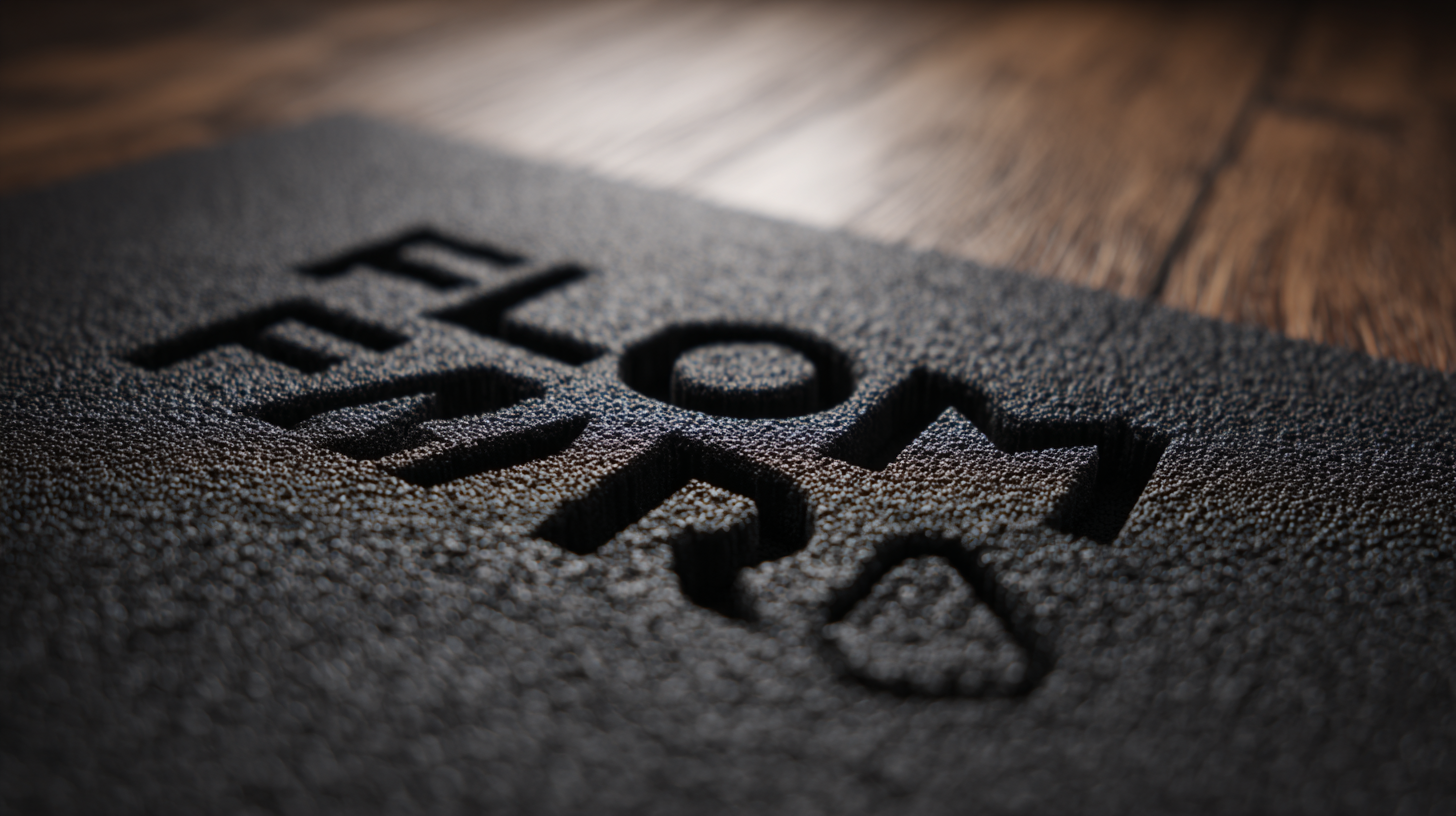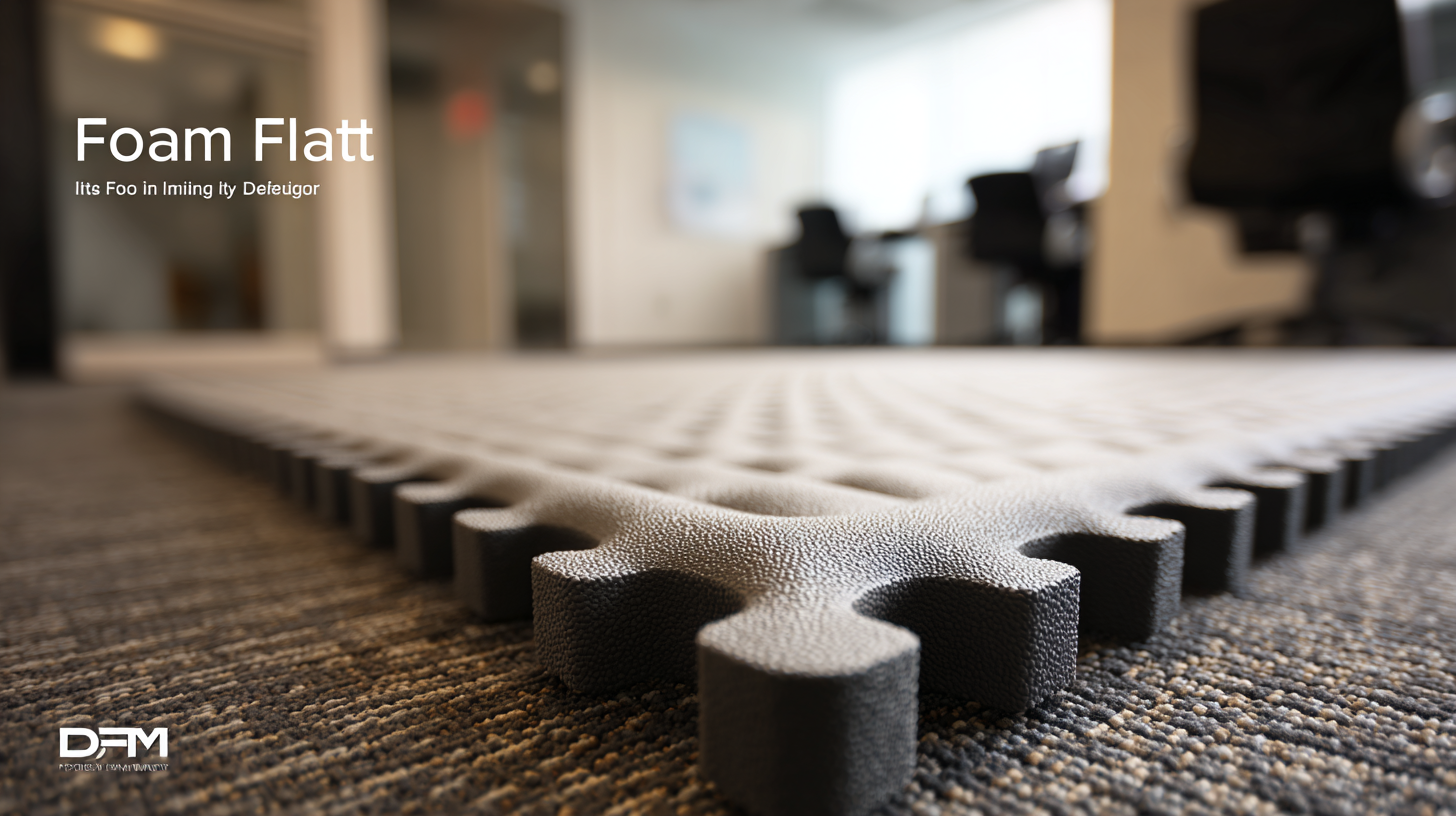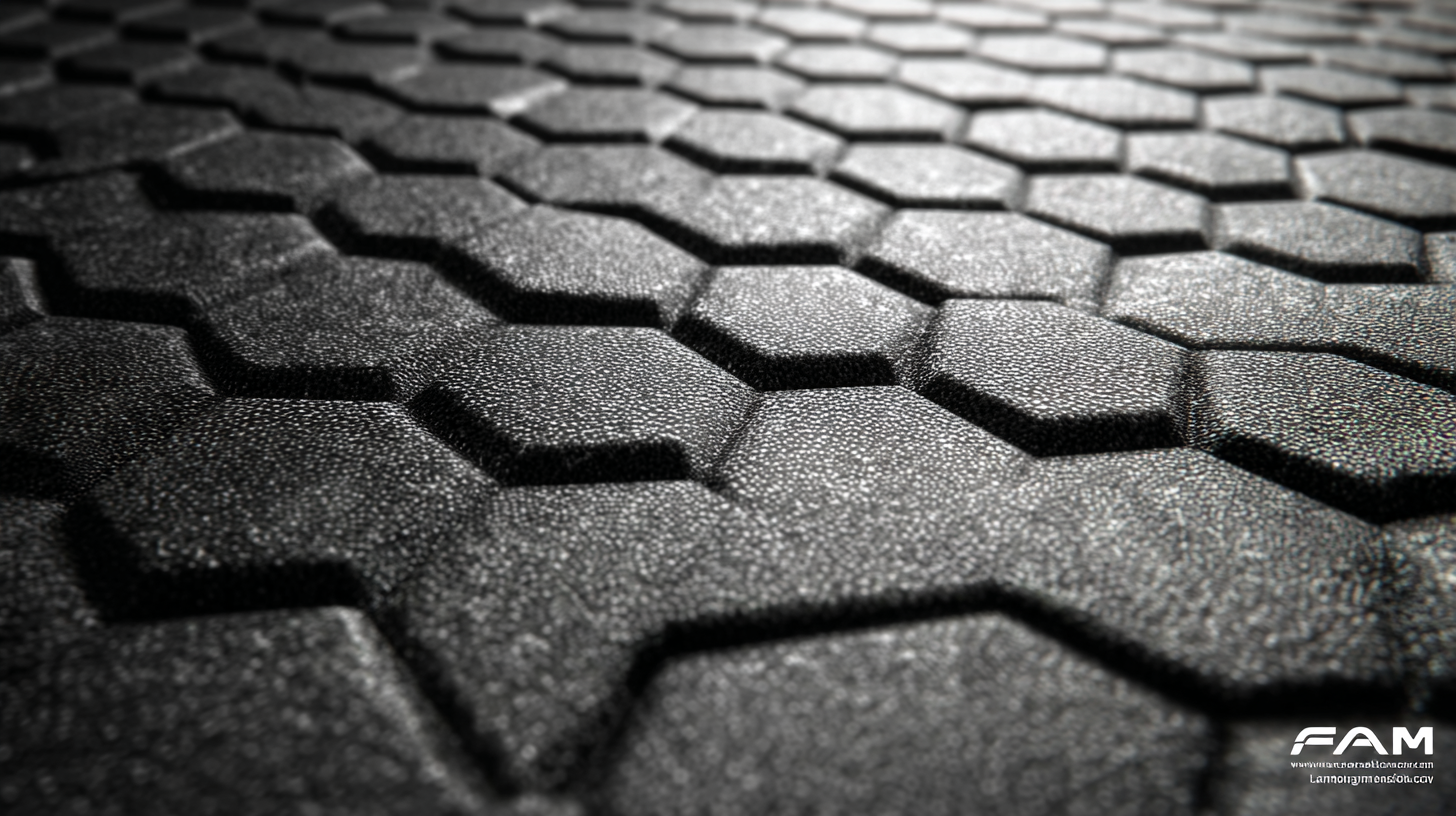In today’s fast-paced world, the significance of comfort and functionality in both home and workspaces cannot be overstated. This is where the innovative concept of Foam Floor Mats comes into play, revolutionizing how we approach flooring solutions. As we delve into the future of these versatile mats, we will explore how advancements in design and materials are enhancing user experience while maintaining high standards of quality. Notably, the manufacturing prowess of China emerges as a driving force, leading the global market with superior production techniques and innovative designs. This blog will examine the trends shaping the evolution of Foam Floor Mats, focusing on their practicality, aesthetic appeal, and the impact of cutting-edge technologies on comfort, setting the stage for a new era in our living and working environments.

The evolution of foam floor mats has been remarkable, transitioning from simple cushioning solutions to sophisticated, innovative designs that enhance both comfort and aesthetics in various environments. According to a recent industry report by Grand View Research, the global foam mats market is expected to reach USD 2.2 billion by 2025, driven by rising consumer awareness about health and safety in home and workspaces. The shift toward eco-friendly materials and ergonomic designs reflects this growing demand, influencing manufacturers to invest in research and development.
To maximize the benefits of foam floor mats, consider choosing options that feature antimicrobial properties, which can improve hygiene in high-traffic areas. Additionally, look for mats with interlocking designs for easy assembly and customization. The proper thickness is also crucial—typically, mats that are ¾ inch thick provide a good balance of support and comfort for prolonged standing.
Moreover, as trends shift towards multi-functional spaces, foam floor mats are increasingly being designed for specific activities, whether it’s for a home gym or a child’s play area. Many mats now come in various colors and patterns, allowing consumers to seamlessly integrate them into their home decor while benefiting from the cushioning they provide.
| Dimension | Basic Foam Mats | Intermediate Foam Mats | Advanced Foam Mats |
|---|---|---|---|
| Thickness (inches) | 0.5 | 0.75 | 1.0 |
| Material Type | Basic Foam | High-Density Foam | Memory Foam |
| Weight (lbs per square foot) | 0.5 | 0.75 | 1.0 |
| Shock Absorption | Low | Medium | High |
| Cleaning Method | Wipe Clean | Spot Clean | Machine Washable |
| Usage Area | Home Gym | Office | Yoga Studios |
 When considering the purchase of foam floor mats for your home or workspace, several key features should be at the forefront of your decision-making process. First and foremost, thickness plays a critical role in comfort and support. According to a report by the International Association of Certified Home Inspectors, optimal thickness for preventive cushioning is typically between 3/8 inches to 1 inch. Mats within this range can effectively reduce fatigue during prolonged standing, making them ideal for anyone from professionals in workshops to parents in playrooms.
When considering the purchase of foam floor mats for your home or workspace, several key features should be at the forefront of your decision-making process. First and foremost, thickness plays a critical role in comfort and support. According to a report by the International Association of Certified Home Inspectors, optimal thickness for preventive cushioning is typically between 3/8 inches to 1 inch. Mats within this range can effectively reduce fatigue during prolonged standing, making them ideal for anyone from professionals in workshops to parents in playrooms.
In addition to thickness, the material composition greatly influences durability. High-quality foam mats often use EVA (ethylene-vinyl acetate) or similar materials known for their resilience. Research shows that mats made from these materials can last 5 to 10 years, depending on usage. Ensure to check for non-toxic certifications, as many households prioritize safety alongside comfort.
Tip: Look for foam mats with anti-slip features to enhance safety, especially in areas prone to spills or high foot traffic. Additionally, consider opting for interlocking tiles, which provide versatility in design and ease of replacement for damaged sections.
Foam floor mats have gained significant traction in both residential and commercial spaces due to their unique blend of comfort and functionality. According to a report by Research And Markets, the global market for foam flooring is expected to grow at a CAGR of 4.7% from 2021 to 2026, driven by an increasing awareness of ergonomic benefits and safety needs in various environments. In residential settings, these mats are ideal for play areas, home gyms, and kitchens, where added cushioning can reduce strain on joints. The soft surface not only provides comfort during prolonged standing or activity but also adds an element of safety by offering slip resistance, making them a popular choice for families with young children.
In commercial applications, foam floor mats have become essential in industries ranging from hospitality to healthcare. A study from the National Safety Council indicates that slips, trips, and falls account for over 25% of workplace injuries. By integrating foam mats into these spaces, employers can enhance worker comfort and significantly reduce injury risks. Additionally, with their sound-dampening qualities, foam mats contribute to quieter working environments, which is especially beneficial in areas with high foot traffic, like gyms and retail spaces. As innovation continues to drive the development of foam mats, their versatility and practical advantages are set to redefine comfort in both home and work settings.
The future of foam floor mats is brightening through innovative approaches to sustainability and eco-friendly materials. Recent advancements have showcased the potential of biodegradable materials, such as gluten-based protein foams, which demonstrate complete natural degradation in soil within just 26 days. This development is a promising alternative for creating foam mats that not only provide comfort and cushioning but also reduce environmental impact upon disposal.
Moreover, the trend toward eco-friendly production methods is gaining momentum across various industries. For example, the incorporation of recycled materials like old bumpers and frying oil into composite designs reflects a growing commitment to sustainability. These practices are not confined to automotive manufacturing; they extend to household products like foam floor mats, where environmentally conscious consumers increasingly demand materials that are both innovative and sustainable. As manufacturers explore new avenues for utilizing waste materials, the foam floor mat industry stands poised to lead the charge toward a greener, more comfortable future in both home and workspace settings.
As we look ahead into the world of foam floor mats, technological advancements are playing a pivotal role in enhancing both user experience and comfort in homes and workspaces. The integration of next-generation textiles (NGTs) signifies a breakthrough in materials science, focusing on sustainability while delivering unmatched durability and versatility. These innovative foams not only provide a soft underfoot experience but also incorporate features like temperature regulation and increased support, making them ideal for both casual settings and professional environments.

Moreover, the design and functionality of foam mats are evolving in tandem with contemporary lifestyle trends. As more individuals prioritize comfort, the market anticipates a surge in foam options that cater to a variety of aesthetic preferences while ensuring ease of maintenance and hygiene. Innovations such as stain-resistant coatings and antimicrobial treatments are gaining traction, enhancing the appeal for both residential and commercial applications. In a world increasingly focused on sustainability, the commitment to eco-friendly materials within foam mat technology reflects a conscientious shift towards a more sustainable future, appealing to eco-aware consumers and businesses alike.
